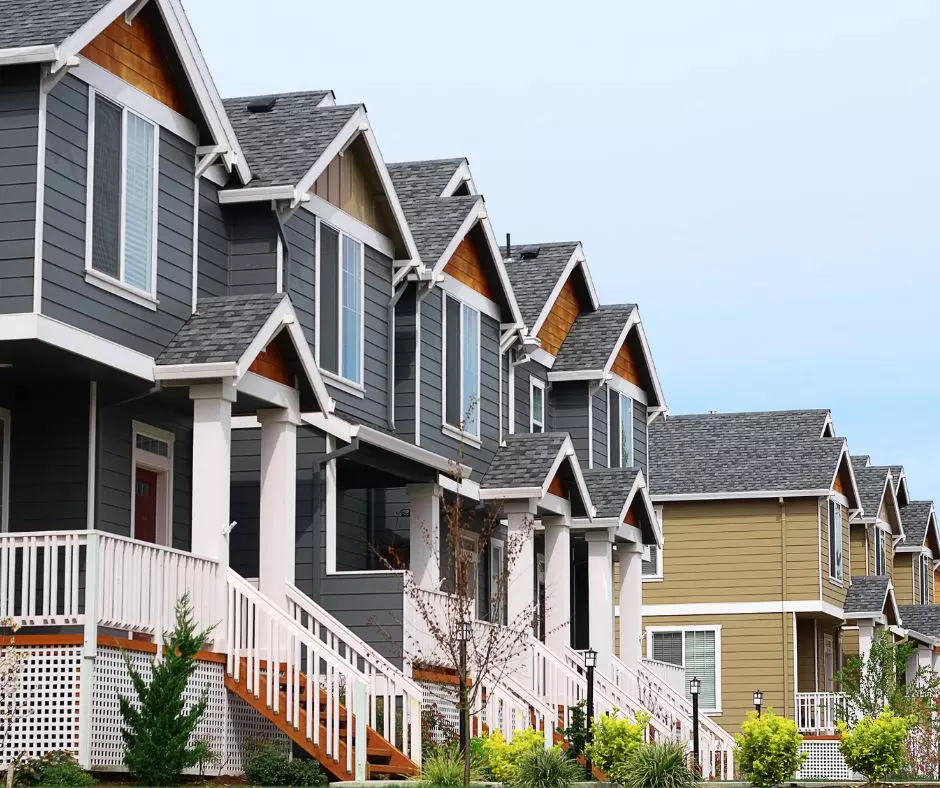U.S. Housing Market 2025: Regional Imbalances and Two-Tier Trends Explained

The U.S. Housing Market Divide: Regional Imbalances and the Two-Tier Reality
The U.S. residential real estate market is undergoing a seismic shift, splitting into a tale of two markets: regions with too few homes and others with too many, alongside a growing divide between luxury and middle-class buyers. As of October 2025, discussions across platforms like X highlight this "two-tier" dynamic, driven by regional inventory imbalances and economic pressures. Here’s a quick dive into what’s happening and what it means for buyers and sellers.
The Regional Split: Supply Shortages vs. Inventory Surges
The housing market is anything but uniform. In the Midwest and Northeast, severe supply shortages are pushing home prices higher. Cities like Chicago, Cleveland, and parts of New York are seeing fierce competition for limited listings, with bidding wars driving up costs. Data shows inventory in these areas is well below the 4.6-month national average, keeping sellers firmly in control.
Meanwhile, Sun Belt states like Florida and Texas are experiencing the opposite. Builders in cities like Austin and Miami, who ramped up construction during the pandemic boom, now face surging inventory. New homes are piling up, and sales are cooling as buyers hesitate, wary of high mortgage rates (around 6.3% for a 30-year fixed) and economic uncertainty. This oversupply is creating opportunities for buyers willing to negotiate, but it also raises concerns about potential price drops in overbuilt areas.
The Two-Tier Market: Luxury Thrives, Middle Class Struggles
Adding to the complexity is a stark divide between luxury and middle-class housing. Million-dollar homes are selling faster than ever, driven by wealthy buyers—often cash purchasers—who are less sensitive to high interest rates. These buyers, including investors and high-income professionals, are snapping up premium properties in desirable urban and coastal markets.
For the middle class, however, the story is grim. Affordability constraints, driven by high prices, elevated rates, and rising insurance costs, are locking many out of homeownership. First-time buyers and middle-income families face stiff competition for the few affordable homes available, particularly in supply-constrained regions. X threads are buzzing with data visualizations showing this divide, with some warning that the middle-class squeeze could deepen if rates don’t ease or inventory doesn’t improve.
What This Means for You
- Buyers in the Midwest/Northeast: Brace for competition. Be ready to act fast with strong offers, as low inventory keeps sellers in the driver’s seat.
- Buyers in the Sun Belt: You have leverage. Explore new constructions where builders are offering incentives like rate buydowns or price cuts.
- Sellers in oversupplied areas: Price competitively and consider upgrades to stand out in a crowded market.
- Investors: Look for opportunities in underserved Midwest markets or discounted new builds in the South, but stay cautious of overbuilt areas at risk of slowdowns.
The Road Ahead
The two-tier market and regional imbalances signal a complex 2025 for real estate. While luxury buyers and certain regions thrive, the middle class faces ongoing hurdles. Keeping an eye on inventory trends and economic shifts—like potential rate changes—will be key to navigating this divided landscape. Follow the conversation on X for real-time updates and data-driven insights into where the market is headed next.
Ready to tour that perfect spot before the leaves drop? Drop me a line at erica@ericalawton.com, text (715) 495-0456, or DM on Facebook @listwitherica. Let's make your Chippewa Valley story start this fall.

Categories
Recent Posts










GET MORE INFORMATION


